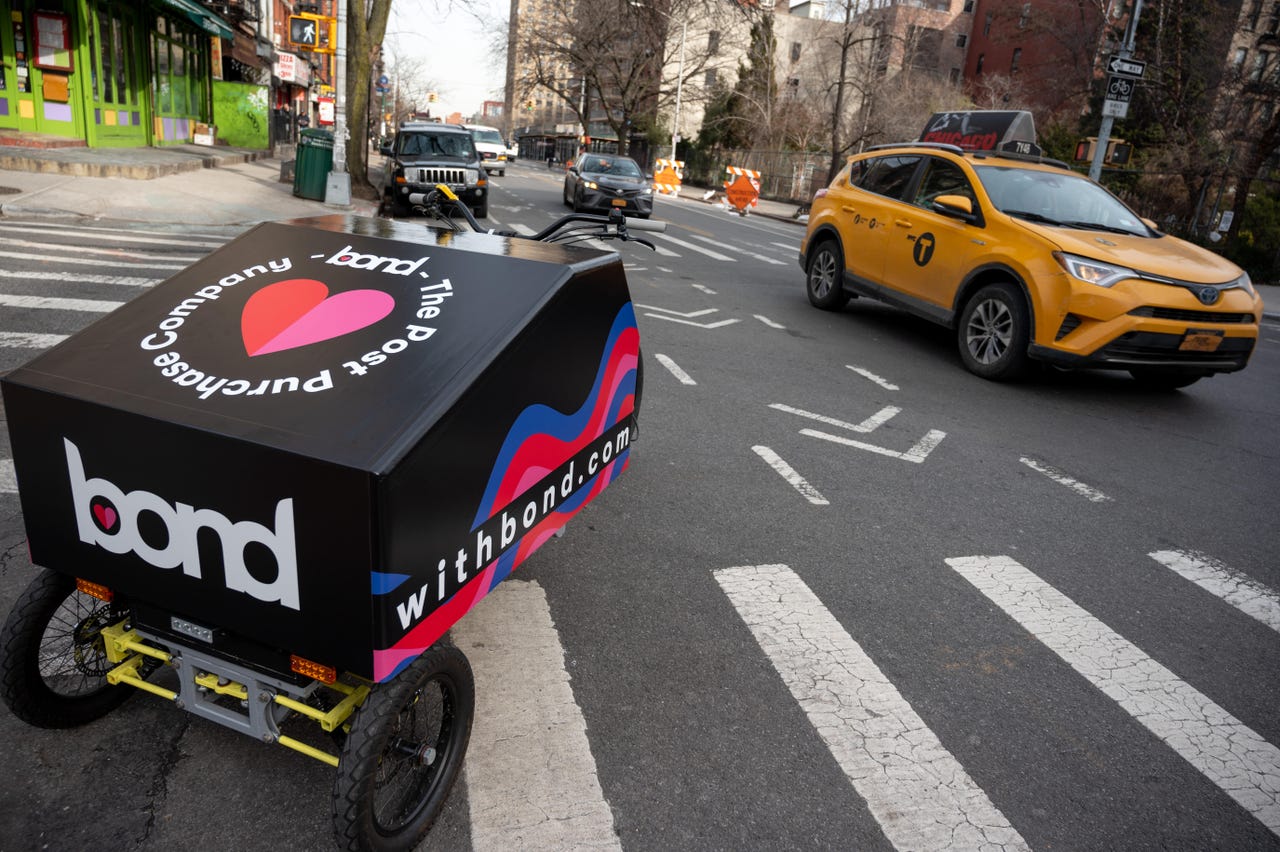Future of fulfillment: Robots, trikes, and very small spaces


Amazon has built an empire out of speeding up delivery. Companies like Zappos and Warby Parker have carved out major customer bases by streamlining returns. How on earth will smaller ecommerce companies compete?
It's an existential question for those hoping to compete in the 2020s. According to a recent market report by grocery fulfillment company Fabric, 92% of consumers want same-day delivery or pickup and 65% would switch retailers if this service wasn't offered. Using groceries as one metric of the larger ecommerce fulfillment paradigm, 33% of consumers surveyed in the Fabric market report prefer to have their grocery orders fulfilled within two hours, putting incredible pressures on both digital native and legacy brands.
The solution for companies in search of fast delivery and customer satisfaction may lie in an artful combination of automation, last-mile delivery, and an emerging concept called micro- or nano-fulfillment.
"Last-mile delivery is like satisfaction death valley," explains Asaf Hachmon, Co-Founder and CEO of Bond, a post-purchase solutions company that allows brands to deliver products and accept returns via neighborhood-level distribution centers. "Online brands spend tons of money on ensuring consumers have the absolute best user experience while on their website, yet are forced to entrust couriers to deliver products with that same level of care and attention -- and all too often they don't."
The idea behind micro-fulfillment is to leverage adaptable automation and robotics to process orders and returns as close to the customer as possible. Where Amazon relies on massive facilities that economically usually must be located outside city centers, companies like Fabric and Bond are pioneering fulfillment centers that may live just down the street.
Bond, for example, is working with 30 online retailers in New York with six 400- to 500-square-foot distribution centers across Manhattan and Brooklyn. The company also delivers to select locations in Queens and businesses in New Jersey through partnerships with existing distribution centers. It has plans to open six more centers in the New York metro area by March, as well as dozens more throughout the year as it expands into two additional cities by the third quarter of 2020.
Their technology routes the order to the closest distribution center, where a local team delivers the order with environmentally friendly electric trikes, usually that same day. With a focus on creating a better customer experience, the technology allows online shoppers to schedule deliveries in 3 hour windows and communicate directly with their delivery person. They also arrange pick-ups for returns, as well as other innovative solutions.
Fabric has chosen to focus its efforts on savvy automation solutions that can streamline pick-and-place operations across a huge variety of SKUs, something that was unthinkable in the robotics sector until recently due to the task-specific nature of most end effectors. Rapid advances in machine and grasping technologies, combined with savvy logistics, are enabling ultra-fast order fulfillment services like Fabric to extend their reach.
Investors seem to be responding. Bond, for example, just completed a fundraising round worth $15 million led by Lightspeed Venture Partners, which has also invested in eCommerce startups like Bonobos, Affirm, and Verishop. Fabric, for its part, has raised more than $130 million to date.
For consumers, all of this spells good news for the customer experience. The future will be on-demand.